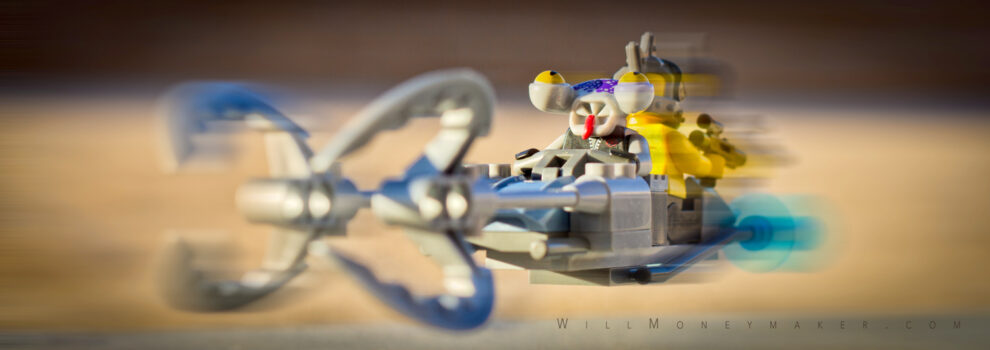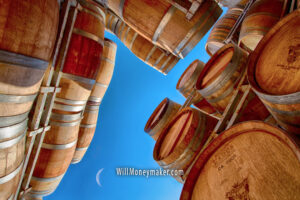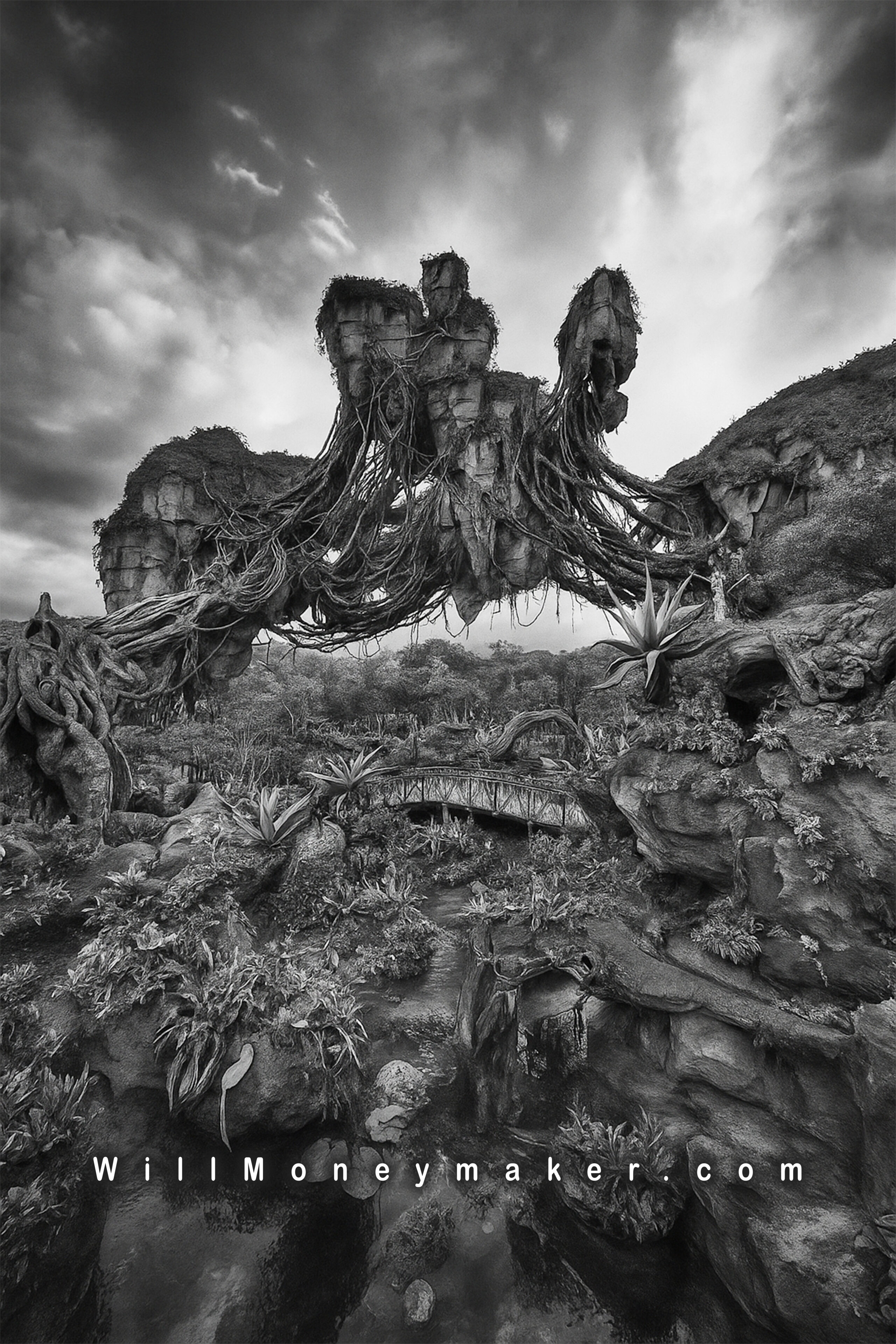There’s a common sort of cliché that you’ll find among advice columns and blogs about photography. And, really, this cliché isn’t even limited to photography alone. You’ll find it across all mediums, from painting to writing and just about any other creative endeavor that you can possibly imagine. This cliché is the belief that with just “these quick tricks” or “these fast tips,” you can create an amazing piece of art. I’m sure you’ve seen the headlines before. They usually read along the lines of “10 Easy Ways to Write a Bestseller,” or “Six Quick Tricks to Create the Perfect Photograph.” While these headlines are alluring, they tend to promote the belief that art is simple if only we know a certain few little magical secrets, or if only we possess the exact right (and often expensive) tools in order to create our art.
None of this is to say that some of these tips, tricks and techniques aren’t useful. However, they can be problematic because they do promote the belief that art can be made easy. Nothing could be further from the truth. There are no quick tricks in the world that will have you creating photographs on par with history’s greatest photographers. And, there is no one piece of gear that will be the “holy grail” that solves all of your problems. With art, there just is no easy way. You’ll find that creating it takes so much time, and a lot of work and thought. In the end, you’ll likely be amazed by how much effort you’ve had to expend in order to create something.
With all that being said, let’s take a moment to look at some of these more pervasive “quick trick” myths that are common to photography. By the end, I hope you’ll see that while some of this advice is useful, there is a lot more to producing a great photograph than simply following a series of tricks.
The Great Camera Myth
The camera myth is a big one, and it goes something like this: If only you owned a particular camera (usually one that is well out of your budget, no less), you are guaranteed to be creating art-worthy photographs. This simply isn’t true. The camera is only a tool, the same as a pencil is a sketch artist’s tool. Sure, a good quality pencil, or a good quality camera, will help you create slightly better images. But at the end of the day, a sketch artist can create art with a 99-cent pencil just the same as a practiced photographer can create something art-worthy with a smartphone camera. It’s not the thousands of dollars spent on the camera body that makes the artist, but the thousands of hours spent on honing the craft. In other words, it’s you, not the camera.
The Right Gear Will Solve All of Your Problems
How many times have you heard that if only you owned these high-end neutral density filters, you’d be able to take waterfall photos with soft water like the pros? Or, that $10,000 lens will completely revolutionize your photography. This is a lot like the camera myth, the idea that the exact right pieces of gear will have you taking photographs just like the masters. And again, this simply isn’t true.
When it comes to filters, lighting and all the other little niceties, an increase in price usually only equates to a minor increase in quality. Filters, for instance. A mid-range neutral density filter will have you taking the same waterfall photos as an extremely pricey neutral density filter. Expensive lighting may give you more features and settings to work with, but lighting at a more moderate price will do a similar job. Choose gear based on what you can afford, and don’t let anyone tell you that you can’t create art if you’ve not shelled out thousands of dollars on accessories.
Use This Plugin to Create a Photoshop Masterpiece!
Here is another one of those myths, that Photoshop (or similar digital editing software) is capable of turning any image into something amazing. This can range from techniques that promise to turn average digital negatives into masterworks, all the way to Photoshop plugins that proudly proclaim to be able to turn any image into art at the press of a button. And oh, how nice would that be, pushing a button to create art? But unfortunately for us, there is no true insta-art Photoshop plugin. Despite whatever promises you may see, these things are techniques and tools that can help you create better photographs, but on their own, they will not create art-worthy images. They’re simply tools that help you build upon an already solid photographic foundation.
Use These Compositional Tricks to Create a Perfect Photo with Every Shutter Press
This myth is a particularly dangerous one. It’s the idea that one certain composition stands above all others, and that if you use it, surely every image you create will be a good one. And, as with all the other myths, it isn’t true. Subjects are all different, all unique, and different compositions will work for different things. There is a grain of truth to this myth in that basic compositions, such as those arranged according to the Rule of Thirds, will generally work better than photographs in which the subjects are centered. But, this is only a general guideline. Composition, for the most part, comes down to careful thought about all the elements you wish to include within the frame, and also, careful study of your subject material to learn what compositions might best suit it.
What We Should Be Doing Instead
Chasing gear, holy grails





